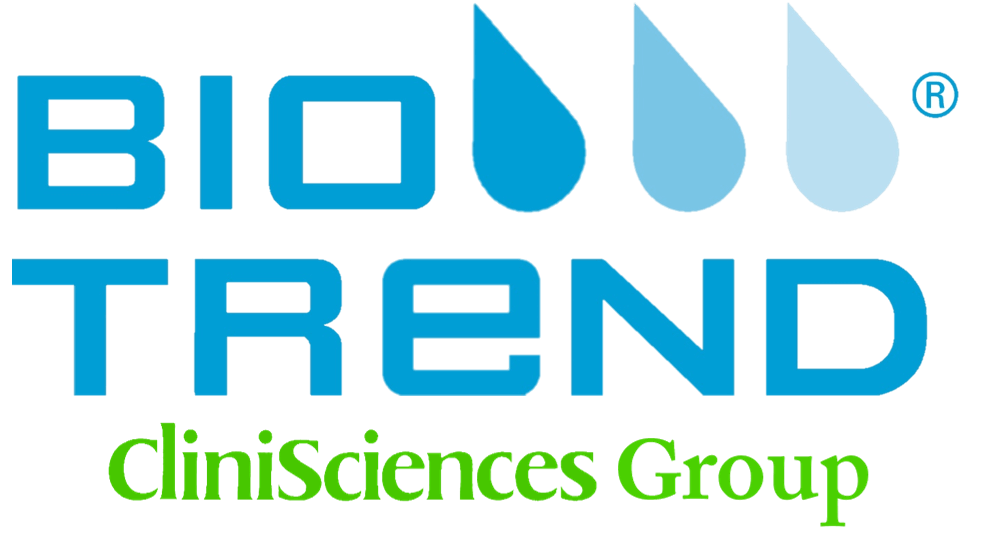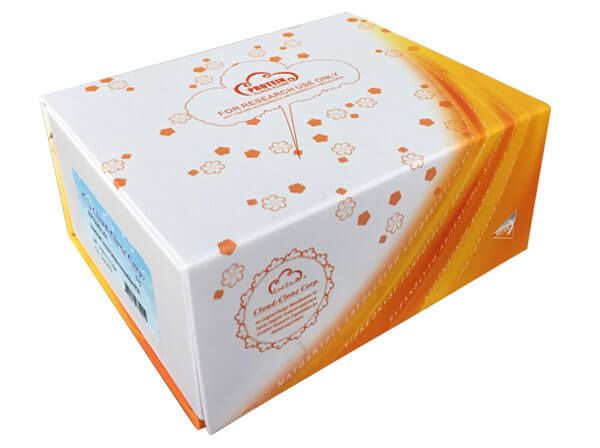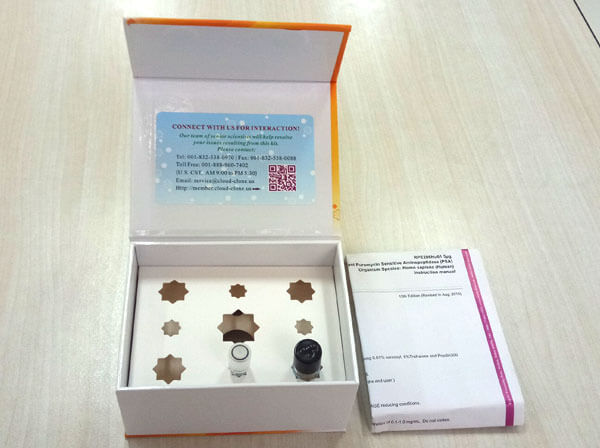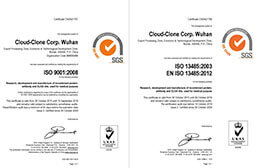Active Transforming Growth Factor Beta 1 (TGFb1)
Cat# APA124Mu01-1mg
Size : 1mg
Brand : USCN
Active Transforming Growth Factor Beta 1 (TGFb1)
TGF-B1; CED; DPD1; LAP; Camurati-Engelmann Disease; Latency-associated peptide
- Product No.APA124Mu01
- Organism SpeciesMus musculus (Mouse) Same name, Different species.
- Buffer FormulationPBS, pH7.4, containing 0.01% SKL, 5% Trehalose.
- TraitsFreeze-dried powder
- Purity> 90%
- Isoelectric Point8.4
- ApplicationsCell culture; Activity Assays.
- Download Instruction Manual
- UOM 10µg50µg 200µg 1mg 5mg
ACTIVITY TEST of the Active Transforming Growth Factor Beta 1 (TGFb1)
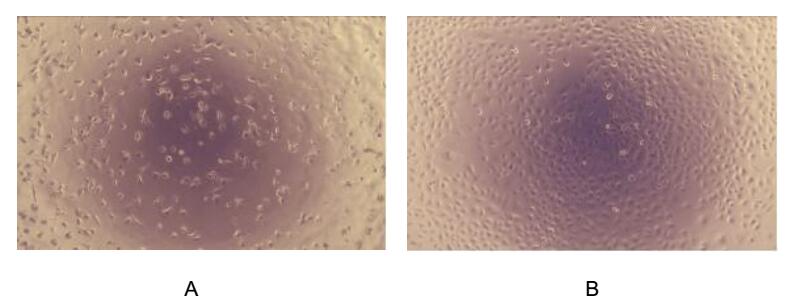
Transforming growth factor beta 1 or TGF-β1 is a polypeptide member of the transforming growth factor beta superfamily of cytokines. It is a secreted protein that performs many cellular functions, including the control of cell growth, cell proliferation, cell differentiation, and apoptosis. To test the effect of TGF-β1 on cell apoptosis, A549 cells were seeded into 96-well plates at a density of 5,000 cells/well with 1% serum standard DMEM including various concentrations of recombinant mouseTGF-β1. After incubated for 48h, cells were observed by inverted microscope and cell proliferation was measured by Cell Counting Kit-8 (CCK-8). Briefly, 10µL of CCK-8 solution was added to each well of the plate, then the absorbance at 450nm was measured using a microplate reader after incubating the plate for 2 hours at 37℃. Proliferation of A549 cells after incubation with TGF-β1 for 48h observed by inverted microscope was shown in Figure 1. Cell viability was assessed by CCK-8 assay after incubation with recombinant mouse TGF-β1 for 48h. The result was shown in Figure 2. It was obvious that TGF-β1 significantly inhibit cell viability of A549 cells. The ED50 is 7.1μg/mL. (A) A549 cells cultured in DMEM, stimulated with 12.5μg/mL TGF-β1 for 48h;
(B) Unstimulated A549 cells cultured in DMEM for 48h.
Figure. Inhibition of A549 cells proliferation after stimulated with TGF-β1

Figure. Inhibition of A549 cells proliferation after stimulated with TGF-β1.
USAGE of the Active Transforming Growth Factor Beta 1 (TGFb1)
Reconstitute in 10mM PBS (pH7.4) to a concentration of 0.1-1.0 mg/mL. Do not vortex.
STORAGE of the Active Transforming Growth Factor Beta 1 (TGFb1)
Avoid repeated freeze/thaw cycles. Store at 2-8°C for one month. Aliquot and store at -80°C for 12 months.
STABILITY of the Active Transforming Growth Factor Beta 1 (TGFb1)
The thermal stability is described by the loss rate. The loss rate was determined by accelerated thermal degradation test, that is, incubate the protein at 37°C for 48h, and no obvious degradation and precipitation were observed. The loss rate is less than 5% within the expiration date under appropriate storage condition.
